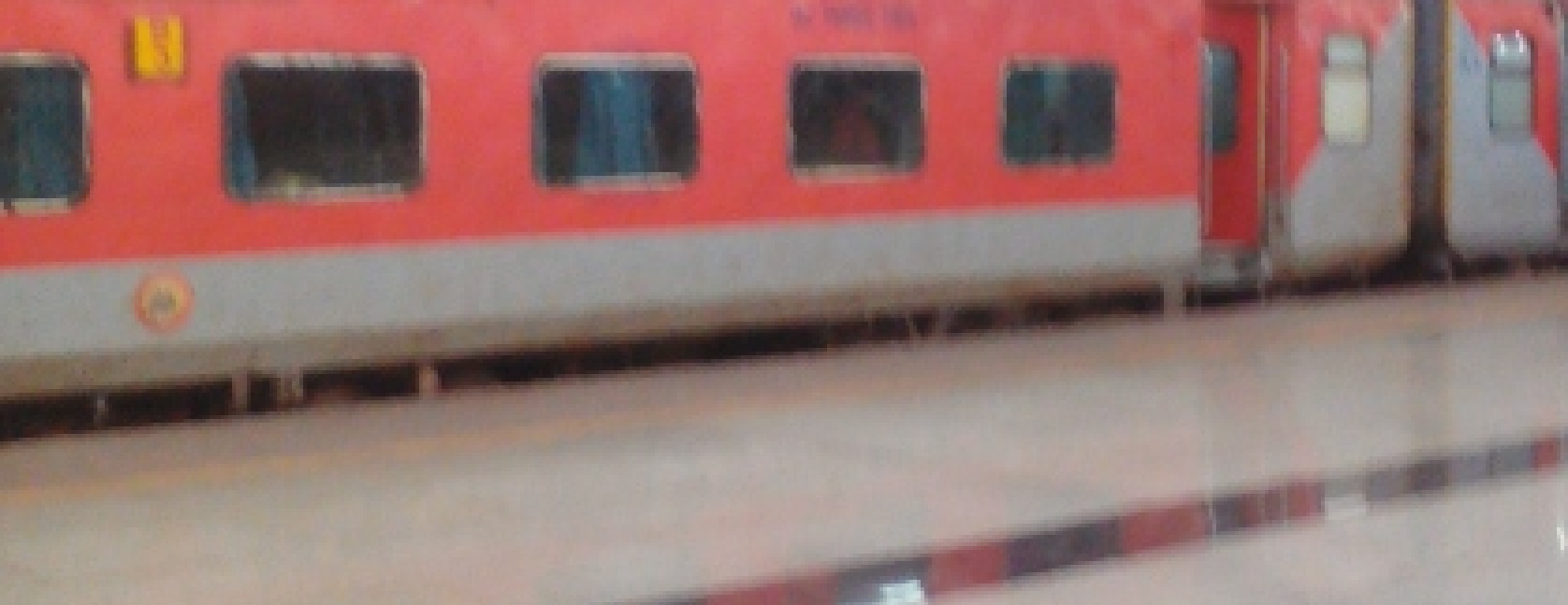
Rail Transport in Canada
Canada is a country with very efficient rail system which has an extensive railways network with two major publicly traded transcontinental freight railways systems by the name of Canadian nationals and Canadian Pacific. The nationwide passenger services help to carry much of the people to their places of desire and is known as Federal Crown Corporation Via Rail. The three Canadian train services are known to be in Montreal Area by Reseu De Transport Metropolitain and in the Toronto Area by GO transit while in the Vancouver area by the West Coast Express. The cities along with several others are served by the light rail metro systems which is another significant train service with the cities and several others connecting network making it one of the extensive rail network.
Canada has 49, 422 Kilometers with total tracks out of which only 129 Kilometers and is electrified exclusively as part of the urban rail transit networks. Much of the train line is of standard gauge and is in the main Northern American Rail Network with the resource industries with mining and increased railway networks including rail safety and security being the first priority. The Canada’s rail transportation is moving with full steam ahead and provides full support to the country’s economic growth. The 46,000 kilometers of tracks with the rail transport and it generates a revenue of approximately $ 10 Billion per year where 95% which comes from the rail freight and 5% approximately comes from commuter which consists of intercity and tourist passenger services in all the major urban centre with better region and corridors through which the train passes giving scenic view to the commuters.
Canadian National Railway(CN) and Canadian Pacific Railway( CPR) which are two dominant freight rail operators with Canada and both of the Class I railways which means their revenues exceeded $ 250 million in past two years. The total Canadian rail transport industry revenues with CN accounts for over 50% and CPR for approximately with 35% and CN together representing the three-quarters of overall tonnage which is carried by the 95% of Canada’s annual rail tonne-kilometers. The CN crosses Canada from the Atlantic Ocean to the Pacific Ocean and it follows the Mississippi River to Gulf of Mexico which links in commuters to as far as Mexico and U.S.A.
The CN and CPR through various CN acquisitions with Illinois Central in 1999 and with the Wisconsin Central in 2001 along with the Great Lakes Transportation in 2004 as well as 2004 partnership agreement with BC Rail. The CN generates with the annual freight revenues which are found to be in Canada with the order of $5.5 Billion and it employs more than 22,000 people here and abroad. The passenger railways includes intercity rail operators with the urban rail transit railways with the other significant one considered to be the heritage railways. A number of tourist railways services has been introduced with Rocky Mountaineer along with Alberta Prairie Railway Excursions along with the Commuter Rail Service which is provided by Translink in Metro Vancouver along with GO transit in the Greater Toronto along with Hamilton Area and with Agence Metropolitaine De transport in the Metropolitan area making it one of the most efficient railway system.